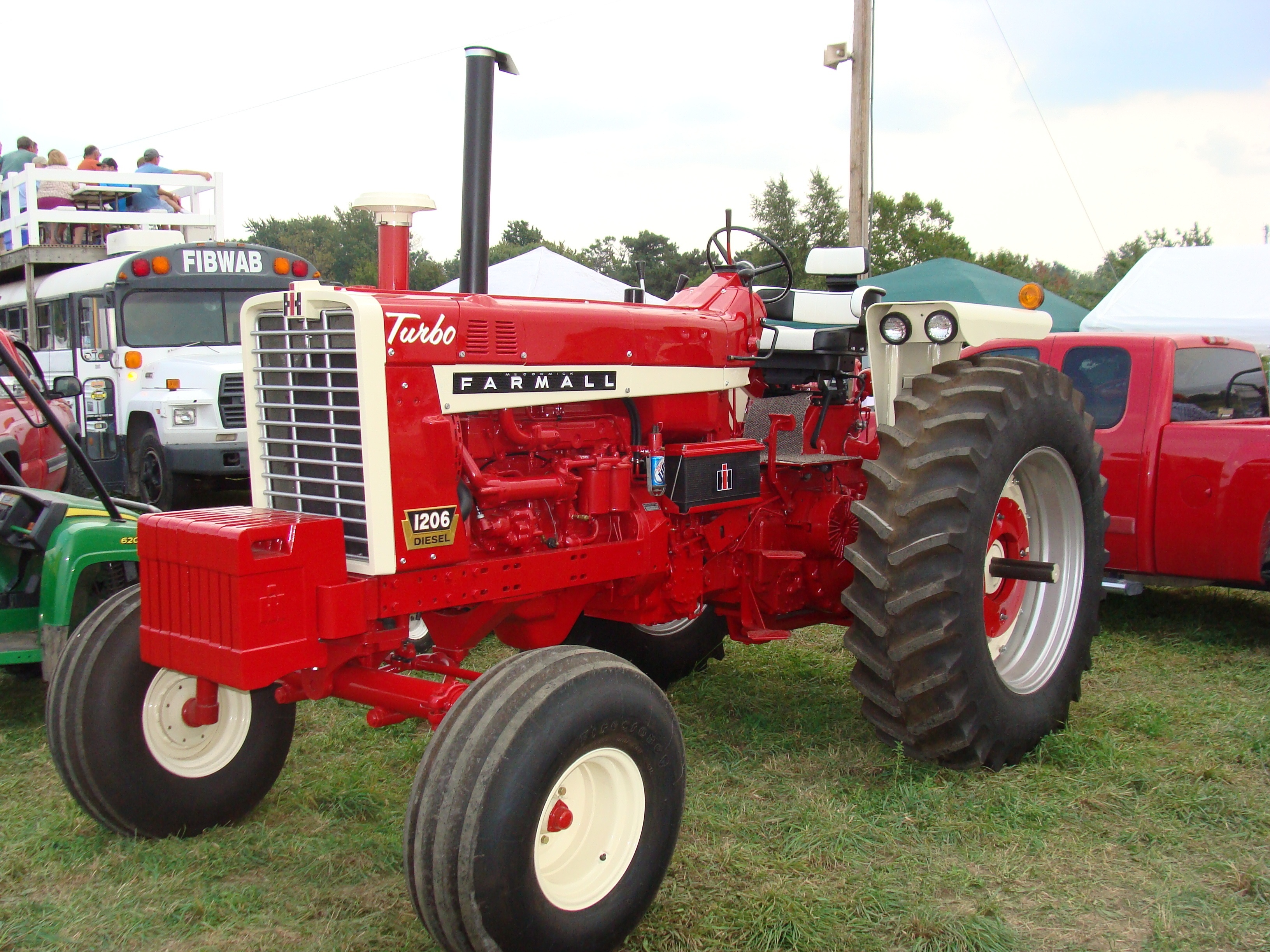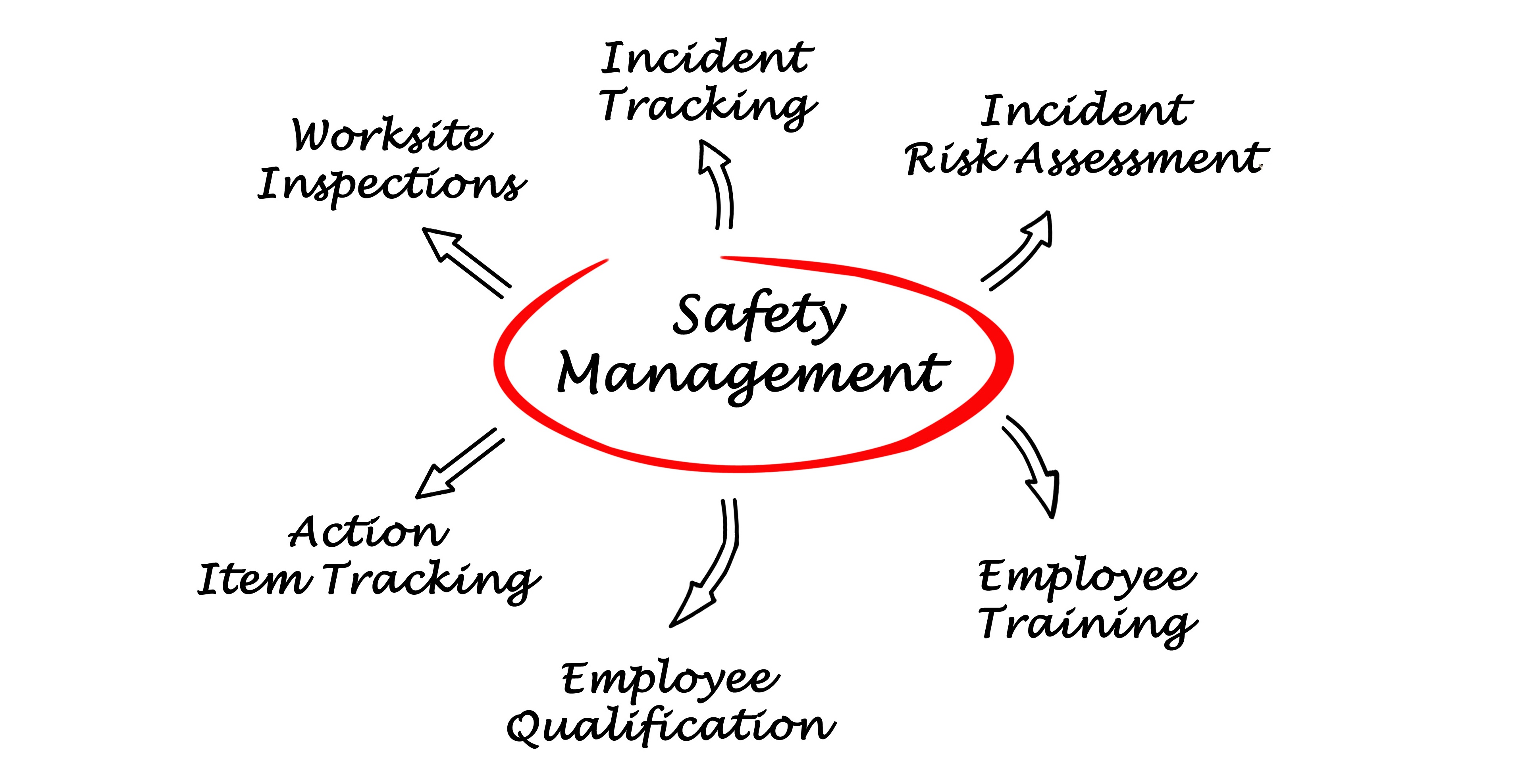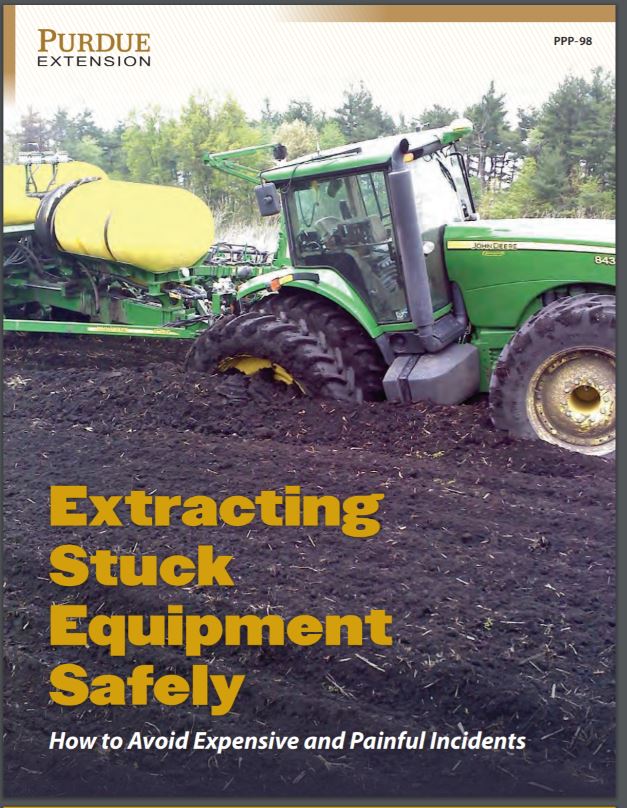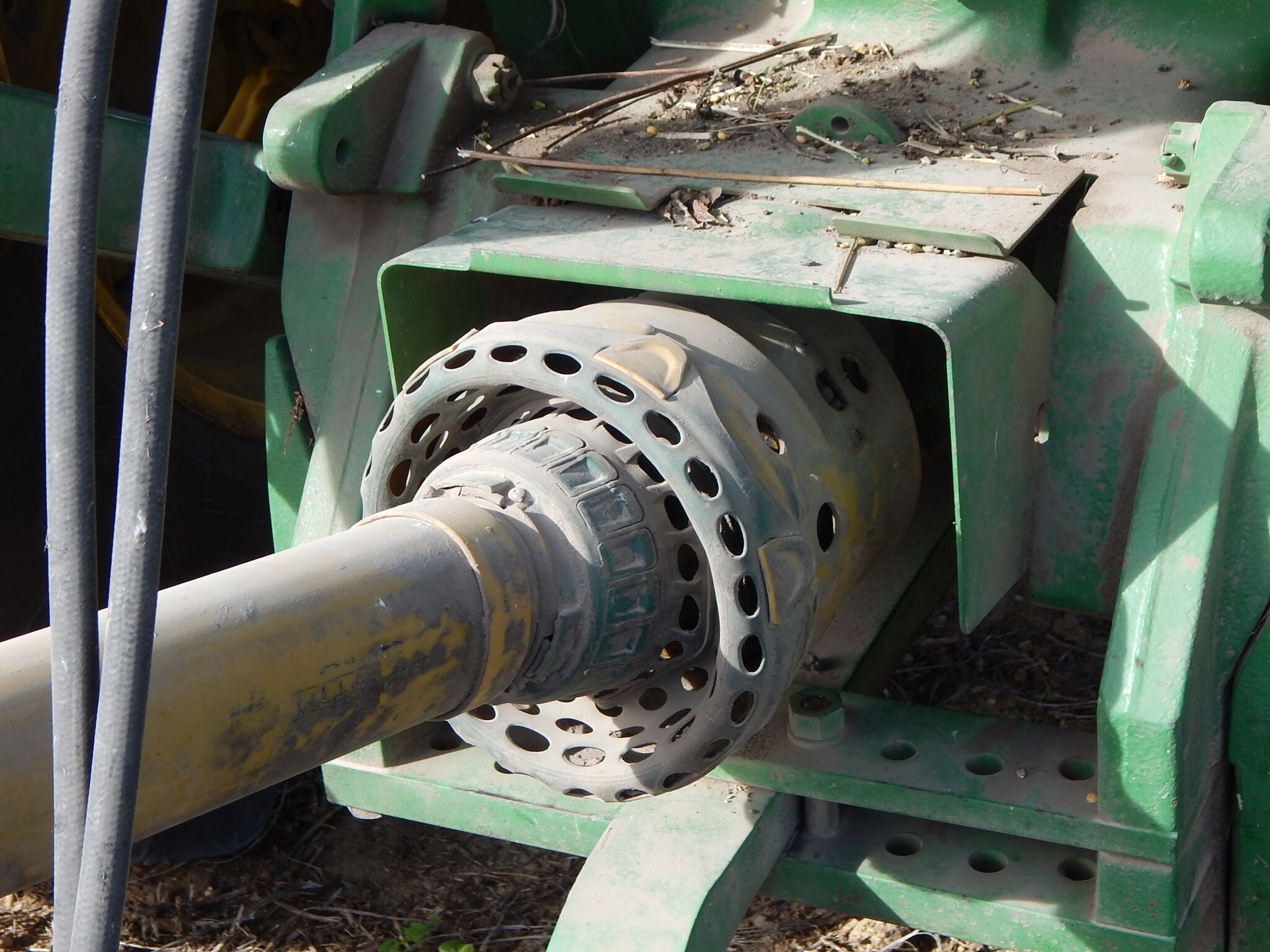Good Day's Work
Good Day’s Work is a dynamic, web-enabled, OSHA safety-training and compliance-reporting software platform unlike any other you will find. It makes online training and program management remarkably easy for farm employees and supervisors alike. From the field to the shop, Good Day’s Work offers valuable online employee safety-training classes for virtually any task on any jobsite related to your agribusiness. All of the training’s subject matter is geared specifically for farm and other agribusiness operations, and the reporting platform goes beyond any other safety-training resource to make compliance as straightforward as possible for you—even in the event of a surprise OSHA inspection!
Tractor Safety
Tractors are among the most used and valued pieces of equipment in agribusiness. Not only are they used every day, they can be used all day long by different workers. It may come to no surprise that tractors are the primary source for most agricultural related fatalities.
- Overturns
- Run-overs,
- Entanglements
- Highway Collisions
Accidents involving agricultural tractors kill approximately 250 people a year and are by far the leading cause of death and serious injury in agriculture. Rollovers account for over half of those fatalities annually. It is estimated that 95% of tractor fatalities could be avoided.
Complacency Overlooked
Read More
Topics:
tractors
What do driving ATVs, handling livestock pharmaceuticals and operating a dump trailer all have in common?
None of them has a formal OSHA safety standard.
Read More
Topics:
safety training program,
OSHA law & compliance
You work tirelessly researching and studying OSHA's regulations and various training requirements to keep your farm safe. You study the Bradley Curve, and try to find ways to lower your farm's DART rating. And nobody knows better than you about how to find fantastic information about creating and fostering a safety culture in the workplace.
Read More
Topics:
safety culture
With limited specific OSHA training regulations for agriculture, you might think that you have covered all your bases in your safety training and meeting OSHA's training requirements. On the contrary, staying current on all OSHA requirements is an ongoing project for you and your safety team.
Safety issues must become a top priority. That means creating a strategy that safeguards your employees’ and managers’ safety and fosters a solid expectation for everyone’s complete compliance with OSHA guidelines. These goals will help establish the foundation of a safety culture that, in turn, could lead to higher productivity and profits for your operation.
Read More
Topics:
OSHA law & compliance,
agriculture
I caught up with a friend last week who owned a large dairy farm and now works for a farm co-op in his “retirement.” When I mentioned ag-safety programs and OSHA compliance, he quickly rolled his eyes and sarcastically said, “Ugh,” with a chuckle.
Read More
Topics:
safety training program,
OSHA law & compliance,
agriculture,
farm
Important components of ag safety are knowledge and information. Knowing the pharmaceuticals being used on your farm today and knowing how to administer them is key to protecting farm workers, animals, consumers and environment. Today's medicines and chemicals are safer but only if the label instructions and manufacturer recommended safety precautions are followed.
Read More
Topics:
pharmaceutical handling,
agriculture
Few farm experiences compare to the dread of calling a family member or coworker from the cab and telling them, “I’m stuck”. Equipment stuck in the field is a total disruption of what is already a challenging and difficult season.
Read More
Topics:
harvest,
extracting stuck equipment
Employees and seasonal workers come from many sources to be employed in the agricutural industry. Many agricultural workers have had no exposure to the agricultural workplace. Regardless of how workers come to work for you, all workers need to know how to do their jobs safely.
Read More
Topics:
machine guarding (PTOs/augers),
agriculture,
hazard communication,
farm
Every farm needs an ag-safety program that complies with OSHA regulations, and your boss selected you to lead the project. You are definitely up for this new challenge. Although you know how important safety and health are to the longevity and success of the farm, you see just one, small problem—you don’t have time to become an OSHA expert.
Read More
Topics:
safety training program,
OSHA law & compliance,
agriculture












